This proposal will I) provide a profile of the agricultural industry and Farmworkers in Washington State II) propose a theoretical framework to understand farmworker housing accessibility III) describe prior legislative actions to address farmworker housing IV) and propose a set of recommendations to address farmworker housing.
copy deeplink EPA Worker Protection Pesticide Safety Materials
EPA Worker Protection Pesticide Safety MaterialsA listing with links and ordering information to the EPA's bilingual posters, handbooks, guides, videos, CDs and other materials about pesticide safety and how to recognize and treat heat related illnesses.
copy deeplink The Use of Audience Response System Technology With Limited-English-Proficiency, Low-Literacy, and Vulnerable Populations
The Use of Audience Response System Technology With Limited-English-Proficiency, Low-Literacy, and Vulnerable PopulationsMatthew C. Keifer, MD, MPH; Iris Reyes, MPH; Amy K. Liebman, MA, MPA; Patricia Juarez-Carrillo, PhD, MPH. Abstract. Audience response systems (ARS) have long been used to improve the interactivity of educational activities. Most studies of ARS have addressed education of literate trainees. How well these devices work with low-literacy subjects is not well studied. Information gathering on the training audience is an important use of ARS and helpful in improving the targeting of training information. However, obtaining demographic information from vulnerable populations with reasons to be concerned about divulging information about themselves has not been tested. In addition, a culturally competent method to effectively collect demographic and evaluation data of this growing population is essential. This project investigated the use of ARS to gather information from Hispanic immigrant workers, many of whom are socially vulnerable and have limited English proficiency (LEP) and low-literacy. Workers attended focus groups and were asked to use ARS devices or clickers to respond to questions. Questions were both catergorical (multiple choice) and open-ended numerical (text entry), and varied from simple queries to more sensitive points regarding immigration. Most workers answered the one-key response categorical questions with little difficulty. In contrast, some participants struggled when responding to numerical questions, especially when the response required pressing multiple clicker keys. An overwhelming majority of participants reported that the clickers were comfortable and easy to use despite the challenges presented by the more complex responses. The error rate increased as question complexity increased and the trend across three ordered categories of response complexity reached statistical significance. Results suggest that ARS is a viable method for gathering dichotomous or higher-order categorical information from LEP and low-literacy populations in a group setting while assuring anonymity. However, it is recommended that clickers be developed and tested with fewer, bigger, and more widely separated buttons, and less printing on the buttons for these populations. Further research is needed to determine the effectiveness of using clickers with simplified configurations in the workplace as a tool to collect data for surveys and assessments and to better engage LEP and low-literacy workers in training sessions.
- Keifer_etal_ARS_JAM_2014.pdf (334.48 KB)
copy deeplink Health Disparities Collaboratives Library: Cultural Competency
Health Disparities Collaboratives Library: Cultural CompetencyAn online library of Cultural Competency resources
copy deeplink Post Disaster Toolkit for Training Clean-up and Reconstruction Laborers
Post Disaster Toolkit for Training Clean-up and Reconstruction LaborersThis resource offers training for community based organizations and workers in the aftermath of natural disasters. It includes educational materials as well as trainer guides and tools.
copy deeplink Effects of Social, Economic, and Labor Policies on Occupational Health Disparities
Effects of Social, Economic, and Labor Policies on Occupational Health DisparitiesCarlos Eduardo Siqueira, MD, ScD, Megan Gaydos, MPH, Celeste Monforton, Dr PH, MPH, Craig Slatin, ScD, MPH, Liz Borkowski, BA, Peter Dooley, MS, CIH, CSP, Amy Liebman, MPA, MA, Erica Rosenberg, JD, Glenn Shor, PhD, MPP, and Matthew Keifer, MD, MPH
Background This article introduces some key labor, economic, and social policies that historically and currently impact occupational health disparities in the United States.
Methods We conducted a broad review of the peer-reviewed and gray literature on the effects of social, economic, and labor policies on occupational health disparities.
Results Many populations such as tipped workers, public employees, immigrant workers, and misclassified workers are not protected by current laws and policies, including worker’s compensation or Occupational Safety and Health Administration enforcement of standards. Local and state initiatives, such as living wage laws and community benefit agreements, as well as multiagency law enforcement contribute to reducing occupational health disparities.
Conclusions There is a need to build coalitions and collaborations to command the resources necessary to identify, and then reduce and eliminate occupational disparities by establishing healthy, safe, and just work for all.
copy deeplink Steps For an Organization to Consider When Addressing Conflict | W2W Resource
Steps For an Organization to Consider When Addressing Conflict | W2W Resource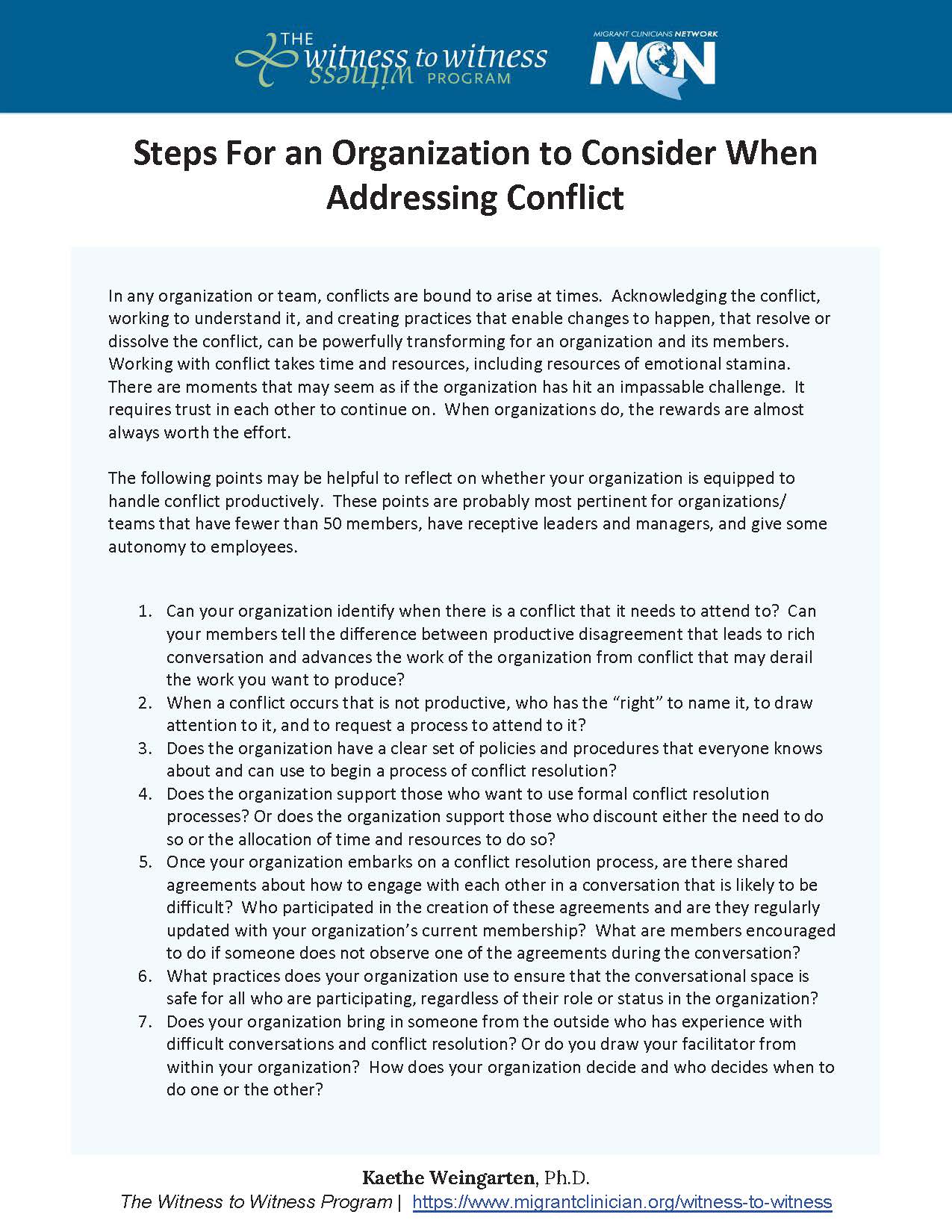
This publication was supported by the Health Resources and Services Administration (HRSA) of the U.S. Department of Health and Human Services (HHS) as part of an award totaling $ 1,310,460 with 0 percentage financed with non-governmental sources. The contents are those of the author(s) and do not necessarily represent the official views of, nor an endorsement, by HRSA, HHS, or the U.S. Government. For more information, please visit HRSA.gov.
copy deeplink Pregnancy and the COVID-19 Vaccine - Images
Pregnancy and the COVID-19 Vaccine - Images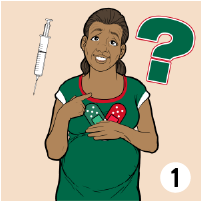
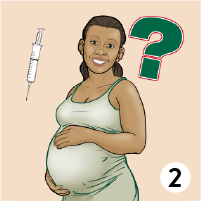
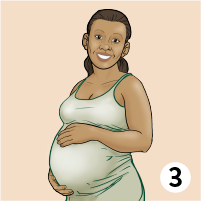
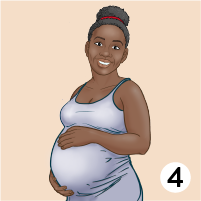
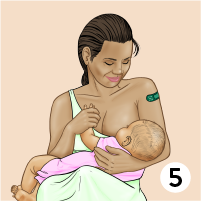
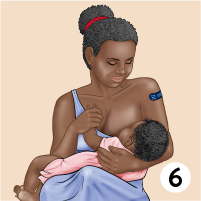
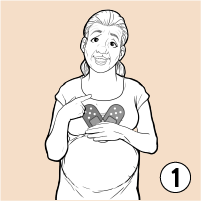

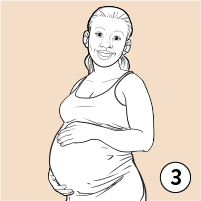

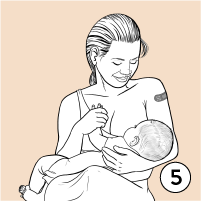
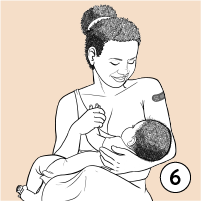
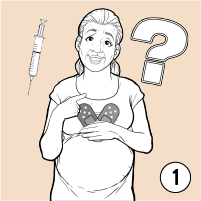

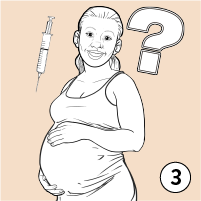
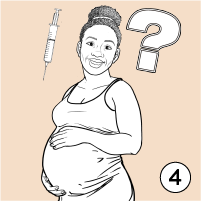
- PregnantVaccinatedWoman Green transp Backg.png (189.8 KB)
- PregnantVaccinatedWoman GreenSoft face_0.png (417.88 KB)
- PregnantVaccinatedWoman GreenSoft faceTransBackground.png (364.37 KB)
- PregnantWoman BlueSoftace.png (370.49 KB)
- Nursing Mom Vaccinated.png (627.7 KB)
- Nursing Mom VaccinatedAfricanamerican.png (773.6 KB)
- Woman-Pregnant_Vaccinated.png (177.32 KB)
- Woman-Pregnant_Vaccinated_2.png (231.78 KB)
- Woman-Pregnant.png (159.92 KB)
- Woman-Pregnant_2.png (196.21 KB)
- Woman-Breastfeeding_Vaccinated_2.png (273.06 KB)
- Woman-Breastfeeding_Vaccinated.png (432.99 KB)
- Woman-Pregnant_Questions-Vaccination_2.png (232.64 KB)
- Woman-Pregnant_Questions-Vaccination_3.png (289.42 KB)
- Woman-Pregnant_Questions-Vaccination.png (201.22 KB)
- Woman-Pregnant_Questions-Vaccination_4.png (256.47 KB)
copy deeplink Nadie sabe que respira... ¡Hasta que la falta el aire!
Nadie sabe que respira... ¡Hasta que la falta el aire!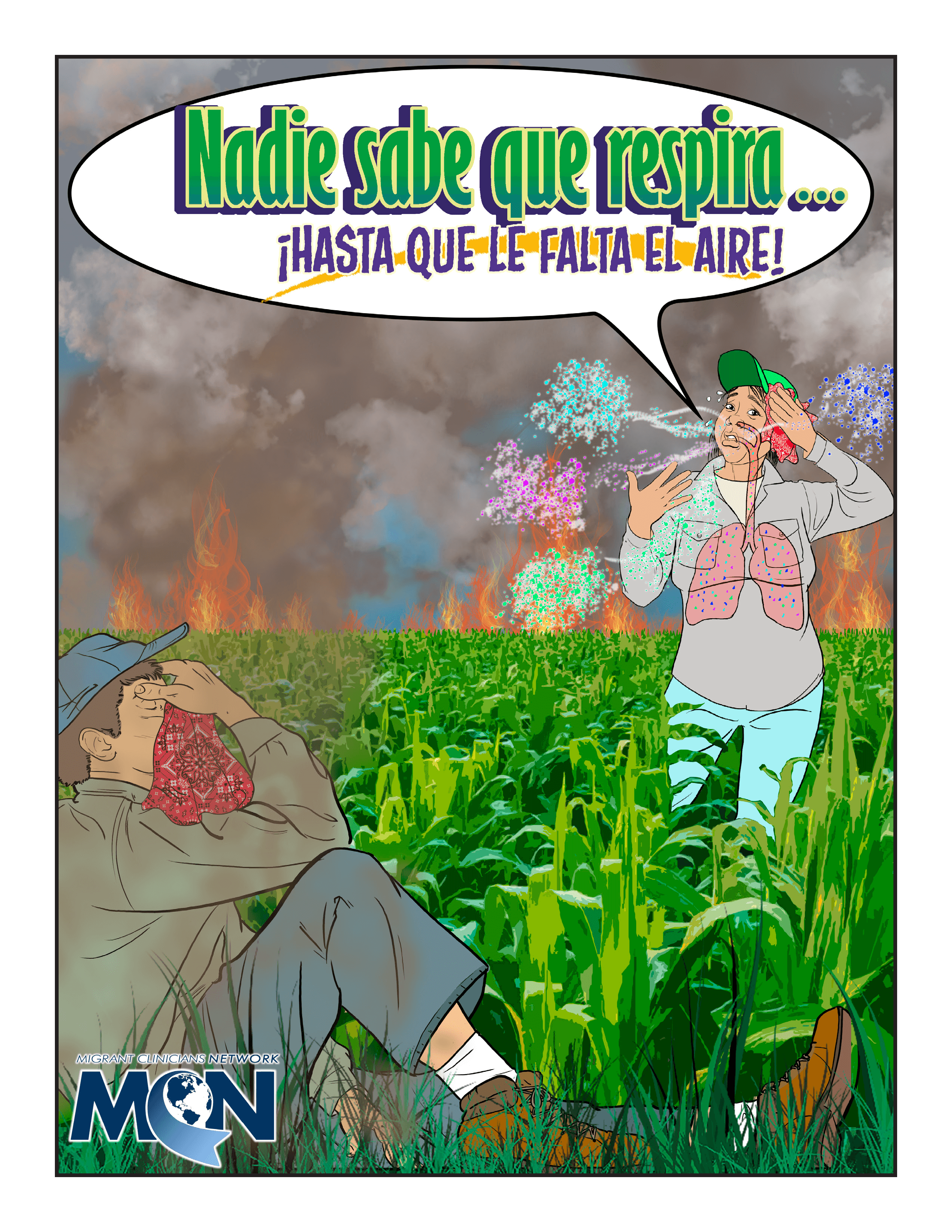
Este libro cómico es una herramienta para que los promotores de salud compartan información básica sobre el aire que respiramos, su contaminación y la salud respiratoria. Aquí encontrarán, de manera ilustrativa y sencilla, conceptos básicos del sistema respiratorio; las fuentes de contaminación del aire, entre ellas el material particulado; cómo leer el índice de calidad del aire; y, la importancia del uso del equipo de protección personal (PPE) para que los trabajadores se protejan de las enfermedades respiratorias.
copy deeplink Protocol for the Managment of Patients on Depo-Provera
Protocol for the Managment of Patients on Depo-Provera- 371_Prot.Depo.doc (32.5 KB)
- nm0307-276.pdf (174.92 KB)